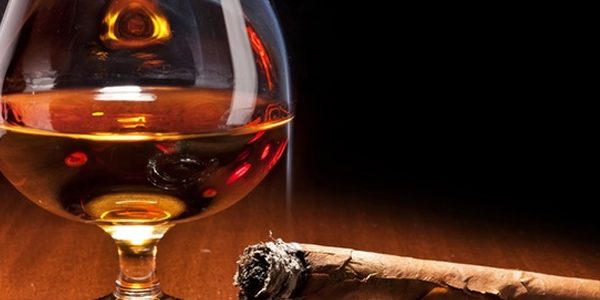The natural flavor components of a cigar are the flavors that come from the tobacco leaves themselves. These flavors are influenced by a variety of factors, including the type of tobacco used, where it was grown, and how it was cured and aged.
There are many different types of tobacco that can be used in cigars, each with its own unique flavor profile. Some common types of tobacco used in cigars include Dominican, Nicaraguan, and Honduran. The type of tobacco used in a cigar can greatly affect its flavor, with some types of tobacco imparting sweet and nutty flavors, while others provide spicy and earthy notes.
Where the tobacco was grown can also affect its flavor. Tobacco grown in different regions of the world can have distinct flavors due to the soil, climate, and other factors present in the region. For example, tobacco grown in the Dominican Republic may have a sweeter and more mellow flavor, while tobacco grown in Nicaragua may have a more robust and spicy flavor.
The curing and aging process of the tobacco leaves also plays a role in the natural flavor of a cigar. During the curing process, the leaves are hung in barns to dry and ferment, which helps to develop their flavors. The leaves are then aged for several months to allow the flavors to fully develop and meld together. This aging process is crucial to the overall flavor of the cigar.
In conclusion, the natural flavor components of a cigar are the flavors that come from the tobacco leaves themselves. These flavors are influenced by a variety of factors, including the type of tobacco used, where it was grown, and how it was cured and aged. These natural flavors are an essential part of the unique and enjoyable flavor of a cigar.






